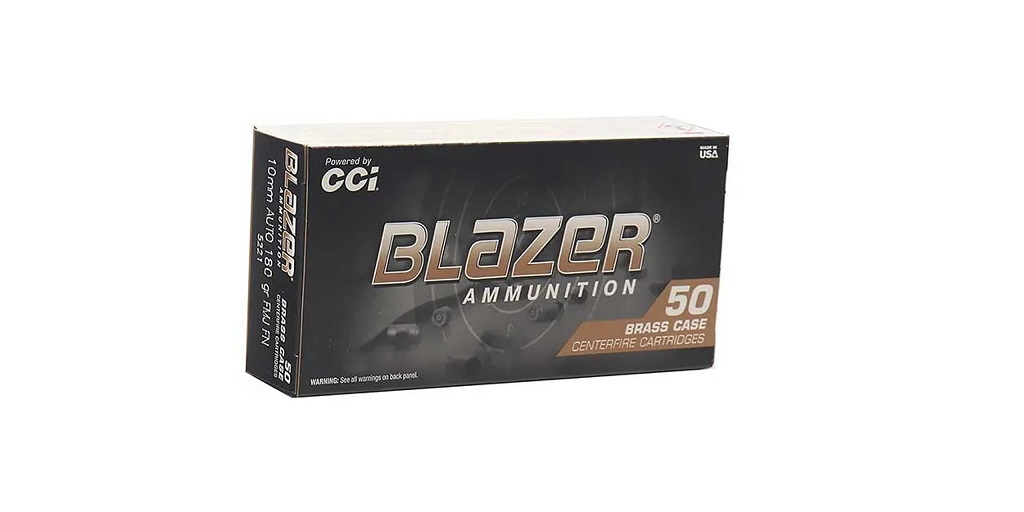It’s true that 10mm ammo can be a bit on the pricey side, especially when compared to more popular alternatives like 9mm and .45 ACP. It can also be a bit harder to find, leading some to keep their old brass and load their own cartridges.
If that sounds like something that appeals to you, just check through these queries before getting 10mm Auto brass. There might be a better way to do it than buying the brass and starting from scratch,
What Is Grade 2 Brass?
If you’re looking for the brass cartridges themselves, you may occasionally see them listed by “grade.” Specifically, some retailers denote brass as either “grade 2” or “grade 3.”
This has nothing to do with metallurgy and only to do with handling and preparation. When you see a seller listing brass as “grade 2,” that generally means that the brass has been fired and tumbled but not de-primed.
If you see a seller listing brass as “grade 3,” that likely means that the brass has been fired but not cleaned, re-sized, or de-primed.
These grades refer to brass that has been fired. Also, pay close attention to how many times the brass has been fired, as casings tend to deteriorate after having been loaded several times.
Another grade with which you should be familiar is “virgin brass” which means it has never been fired.
What About Commercial vs. Military Brass? Is One Better Than the Other?
While not necessarily applicable to 10mm Auto brass, for some cartridges, such as 5.56 and 7.62, you may have the option of purchasing either “military grade” or commercial brass.
This generally happens when one case is the parent to another. Regardless, military brass is usually thicker and harder than commercial brass, which has thinner cartridge walls. Military brass also contains a primer crimp, which must be removed before de-priming the cartridge.
The benefit of the thinner cartridge walls of commercial brass is that there is a greater volume within the cartridge itself for a larger powder charge. The drawback is the cases are not as durable and tend to split or crack after fewer reloads.
This means that generally, military-quality brass can be reloaded more times than commercial brass.
What Constitutes Quality Brass?
Regardless of which caliber cartridge is your focus, there are a few things to look for in quality brass casings for use in reloading.
Some of the features to look for in quality brass for loading (or reloading) are cartridge thickness, reinforced rims or bases, and brass hardness. In general, brass with harder, thicker walls will expand less upon experiencing the explosive stress of firing, making it less prone to splitting, cracking, or deforming. The reinforced base will also ensure the primer pocket stays tight, even through multiple firings.
Hand-inspected, pre-trimmed cartridge cases are also likely to deliver more value, as those that are inspected are less likely to manifest flaws, and if they have been pre-trimmed that will save you time when preparing and sizing.
Can I Just Buy Reloadable Ammo Instead of Brass?
Yes, it is important to note that if you want to take up reloading you do not need to buy brass at the outset. You can simply buy loads made with quality brass casings, shoot through them, save the brass, then clean and reload them.
If you go this route though, it is imperative to start with a 10mm Auto brass load that uses quality, reloadable casings, such as Federal American Eagle, Ammo Inc. Signature, or CCI Blazer Brass, all 10mm Auto brass loads that feature reloadable cases.
If you’re going to buy ammo, shoot through it, and keep the brass, visit Bucking Horse Outpost online. They carry a wide range of different ammo brands at excellent prices. Visit their website for more information at BuckingHorseOutpost.com



